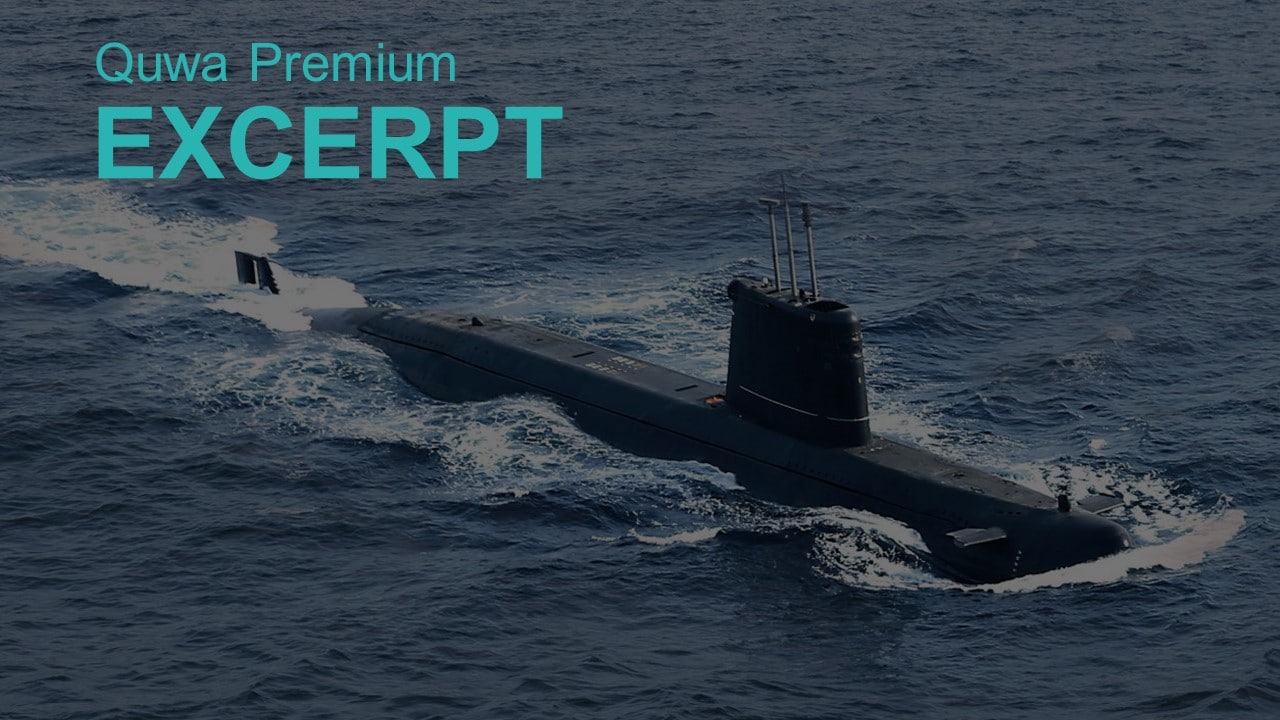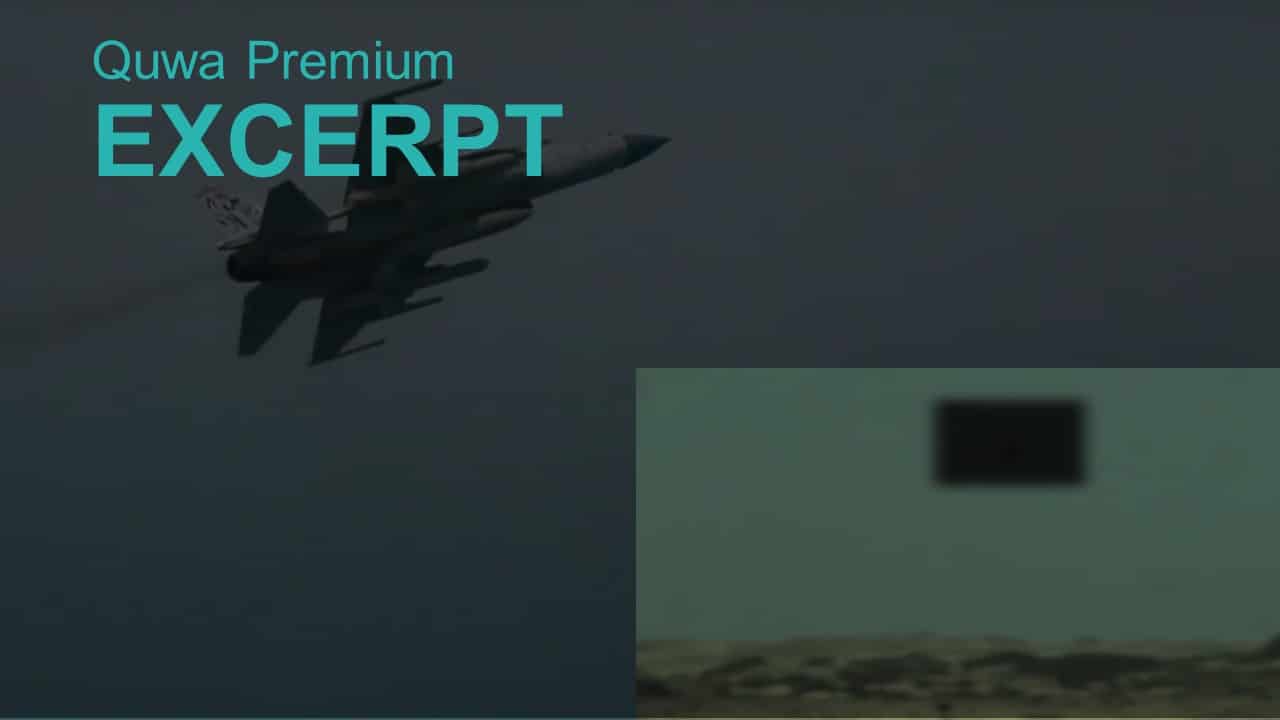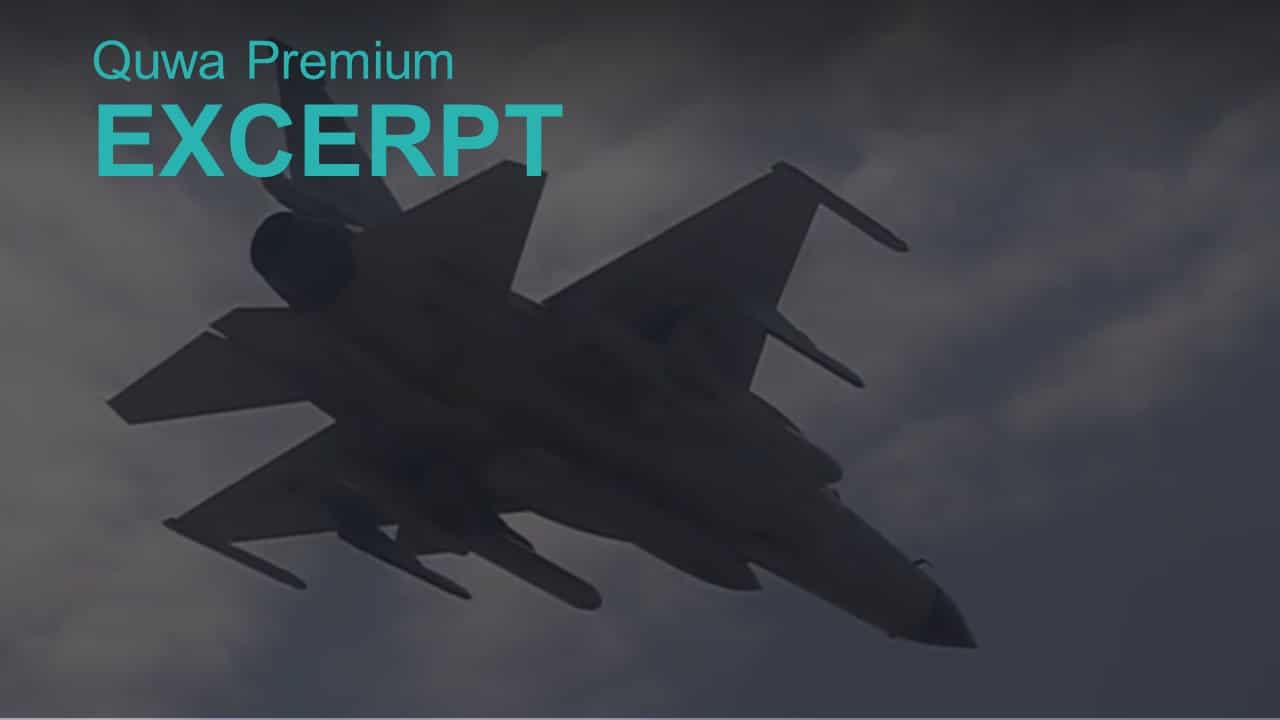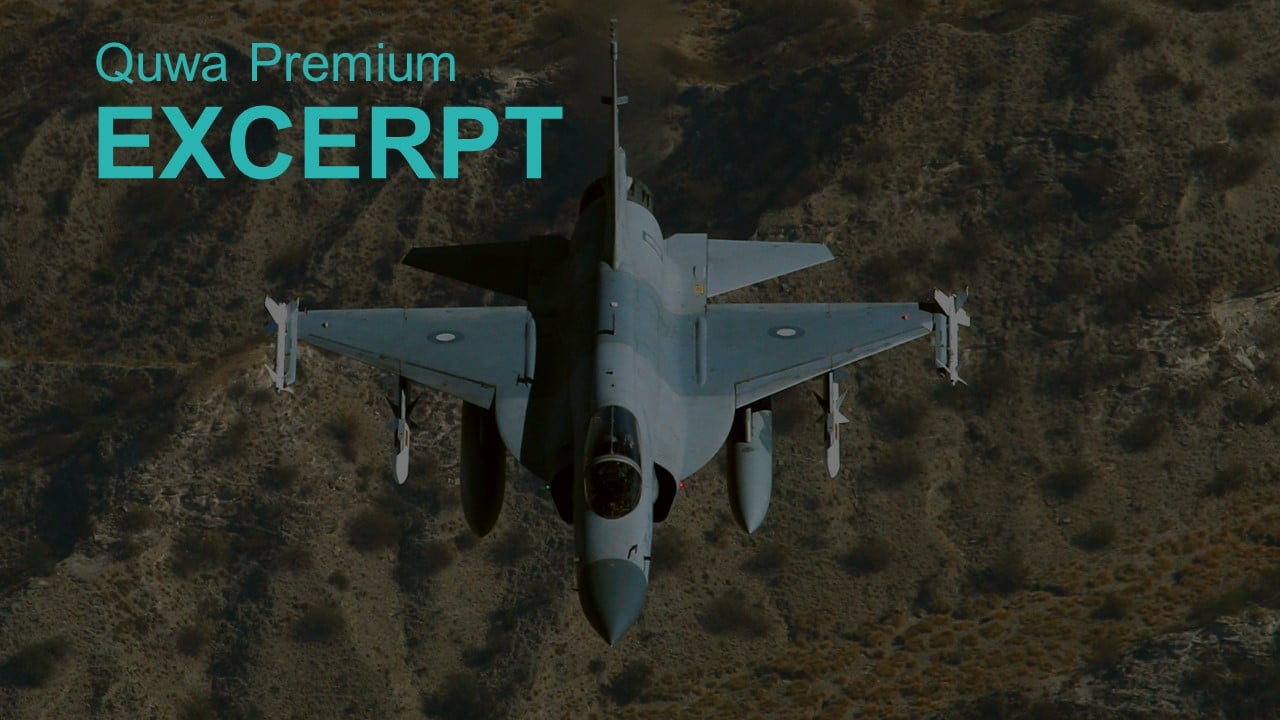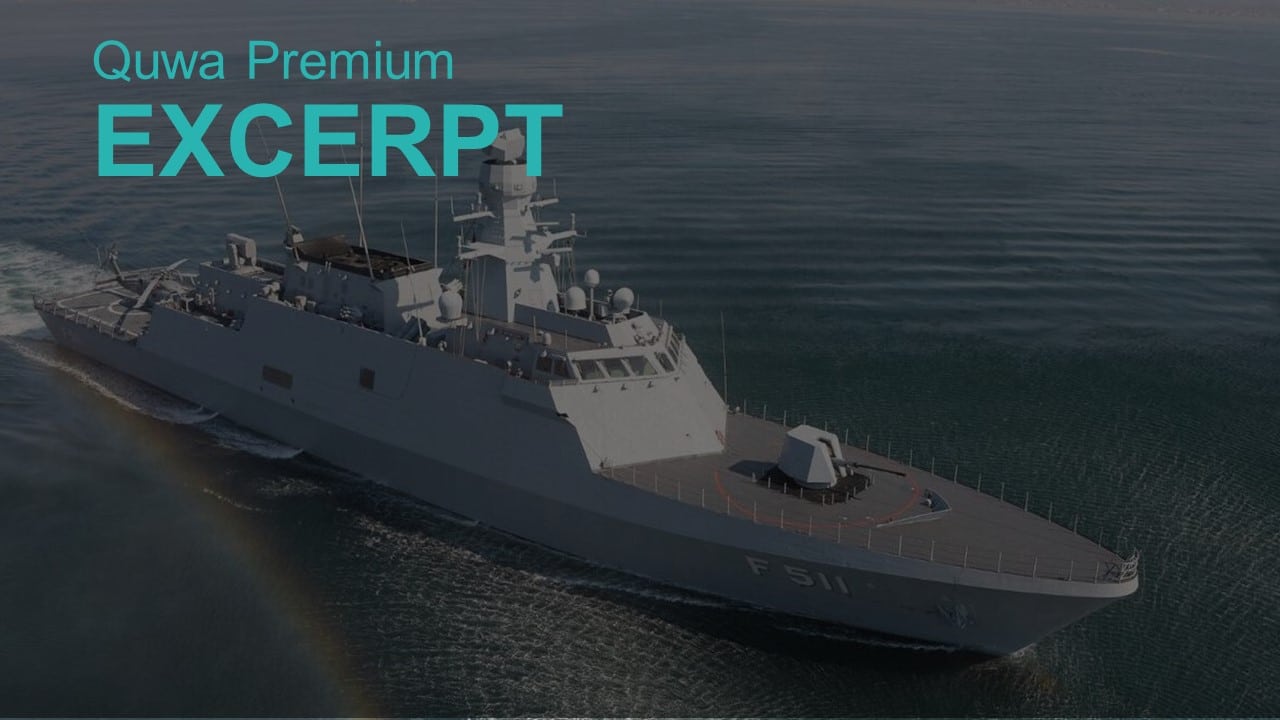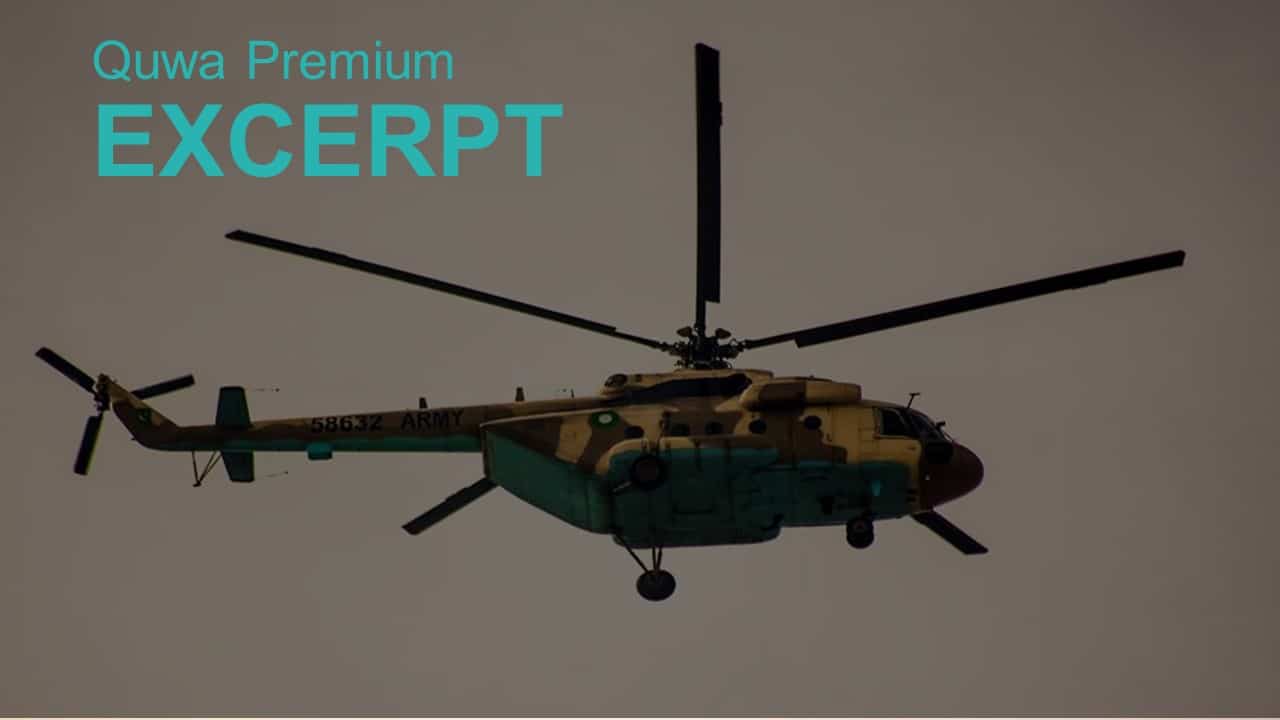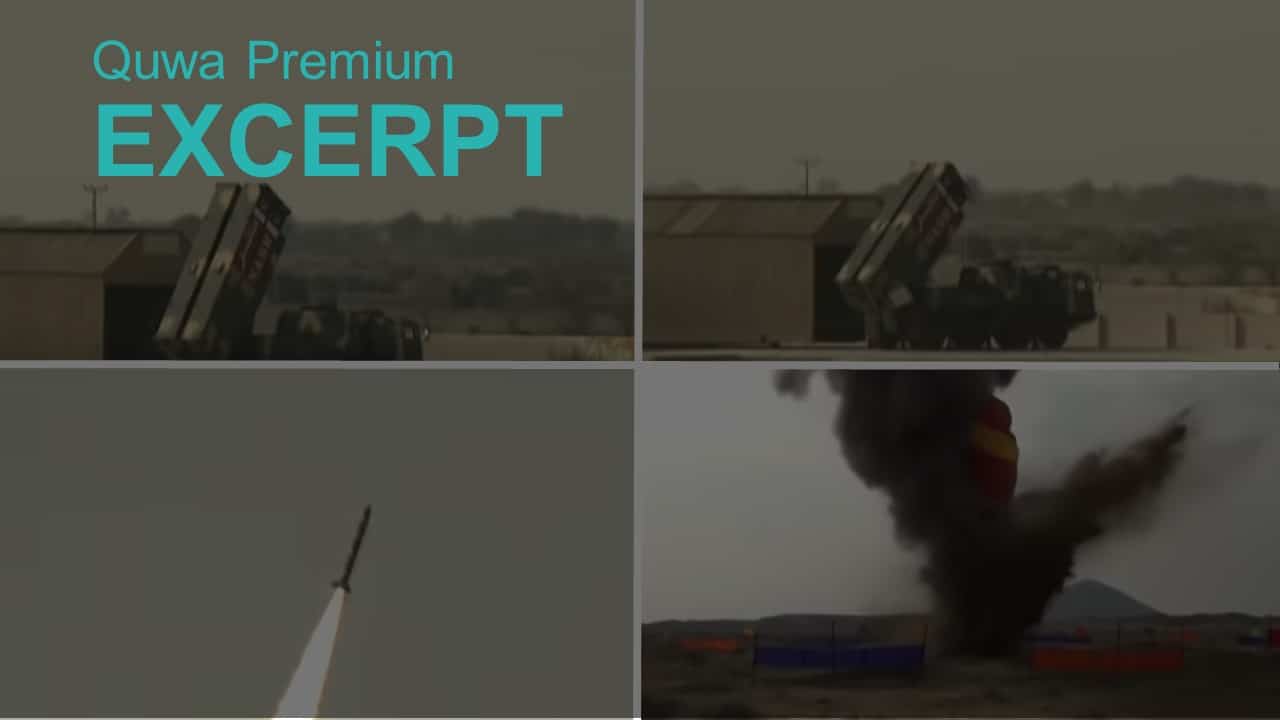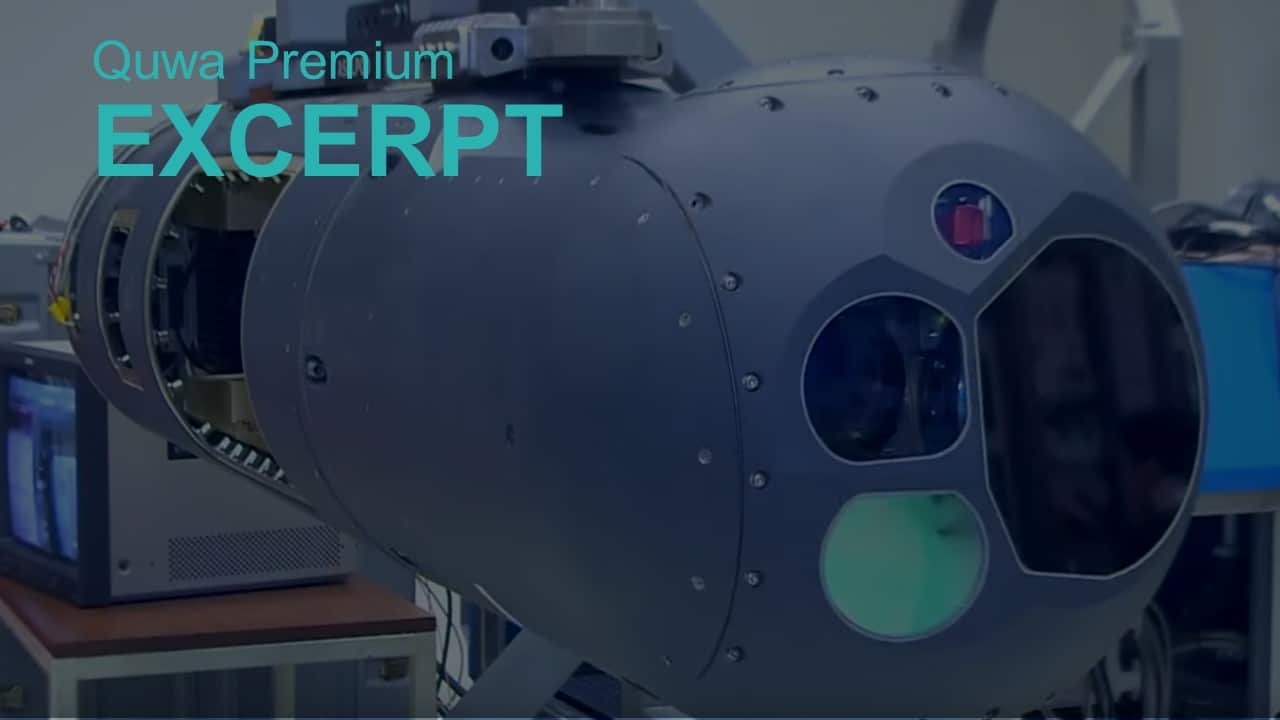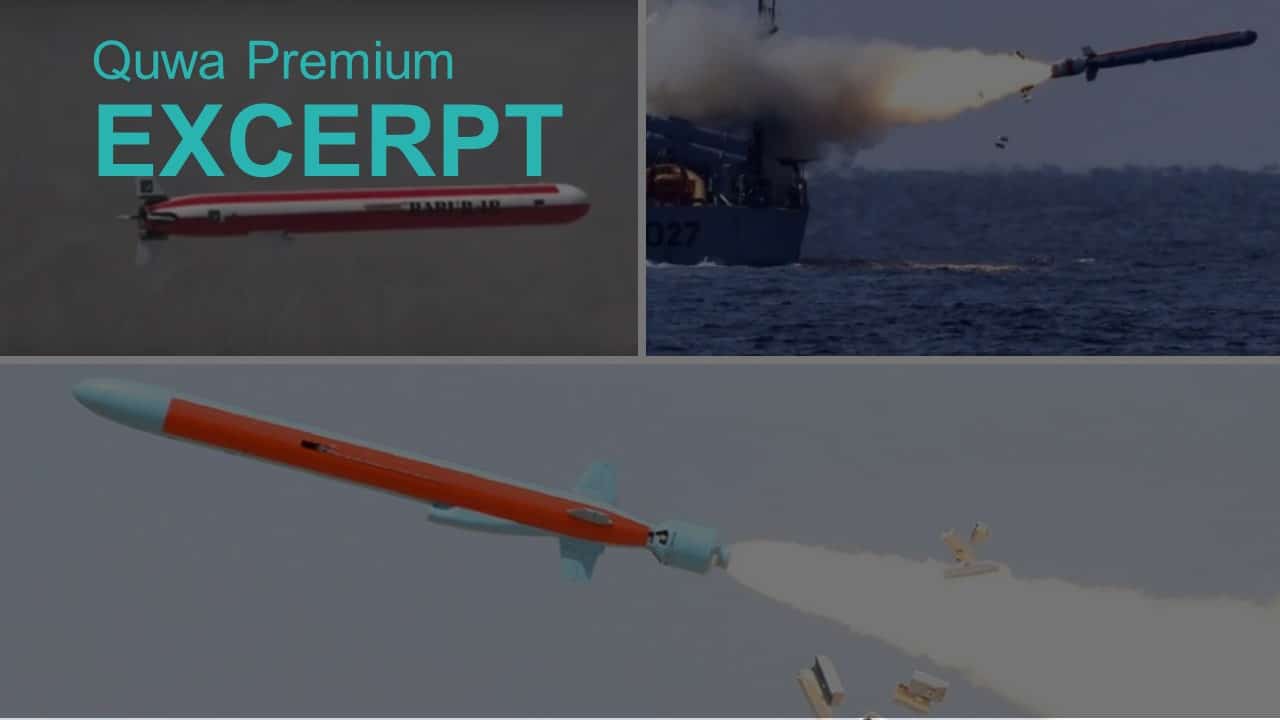On 08 March 2019, Pakistan signed a contract with Savunma Teknolojileri Mühendislik ve Ticaret A.Ş. (STM) of Turkey to configure the Pakistan Navy’s Agosta 90B submarines with acoustic measurement sensors and torpedo countermeasure systems.
On March 12, 2019 the Pakistan Air Force (PAF) announced that it test-fired a new “extended range” precision-guided weapon from a JF-17 Thunder multi-role fighter.
This is the first encounter between India and Pakistan involving the apparent use of stand-off range weapons (SOW) and beyond-visual-range air-to-air missiles (BVRAAM).
On February 2017, 2019, Pakistan’s ISPR announced that the Pakistan Air Force (PAF) shot down 2 Indian Air Force (IAF) fighters. India claimed it shot down a PAF F-16. Thus far, only one downing (an IAF MiG-21bis) has been confirmed, but the…
In a series of interviews during the Pakistan Navy’s (PN) marquee exercise, AMAN, the PN Chief of Naval Staff Adm. Zafar Mahmood Abbasi outlined the force’s future capability goals and duties.
Following a spate of major contract signings, the Pakistan Army and its vendors have begun engaging on implementation – attack helicopters, anti-tank guided missiles (ATGM), and training are on the table.
Though local vendors have showcased various wheeled armoured vehicle designs, little focus is being paid to localizing key inputs (e.g., engine, transmission, etc) when proposing solutions to major needs.
While the Nasr SRBM is lauded for its value in mitigating attempts at stopping Pakistan from leaning on its nuclear deterrence factor, it does not necessarily compensate for conventional deterrence.
In part-three, we examine the potential scope of collaboration between Pakistan and Ukraine, Turkey, South Africa and others on munitions development.
In part-two, we examine the countries that Pakistan could collaborate with to develop new air-to-air, air-to-surface, surface-to-air, and surface-to-surface munitions.

